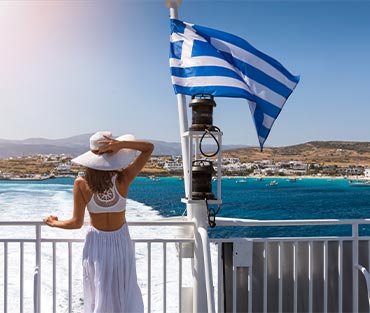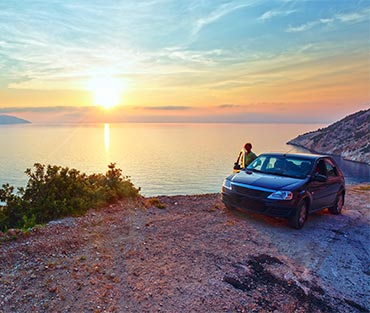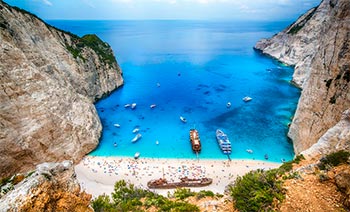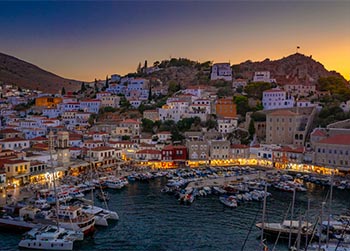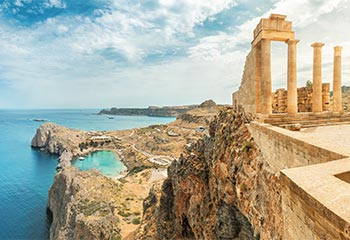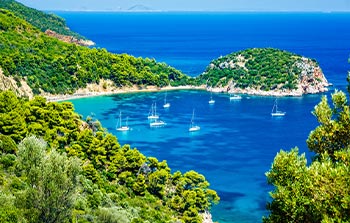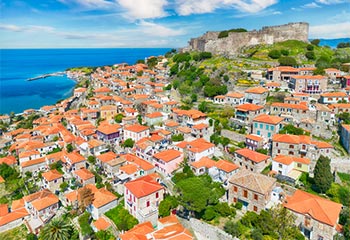From stunning beaches with crystal blue waters to breathtaking ancient ruins, Greece is a holiday destination that caters to everyone. Renowned for its vibrant nightlife, mouthwatering fresh cuisine, and rich culture, the European summer sees tourists flocking to its 200+ inhabited islands for a taste of the Mediterranean.
With so many islands to explore, island-hopping is a popular activity, allowing you to visit multiple spots, each with its own unique culture, history, and landscape. Whether you’re keen to visit the more popular islands like Santorini or Mykonos, or some of the lesser-known islands like Syros or Kalymnos, we’ve put together a beginner’s guide for the ultimate Greek island-hopping experience.
